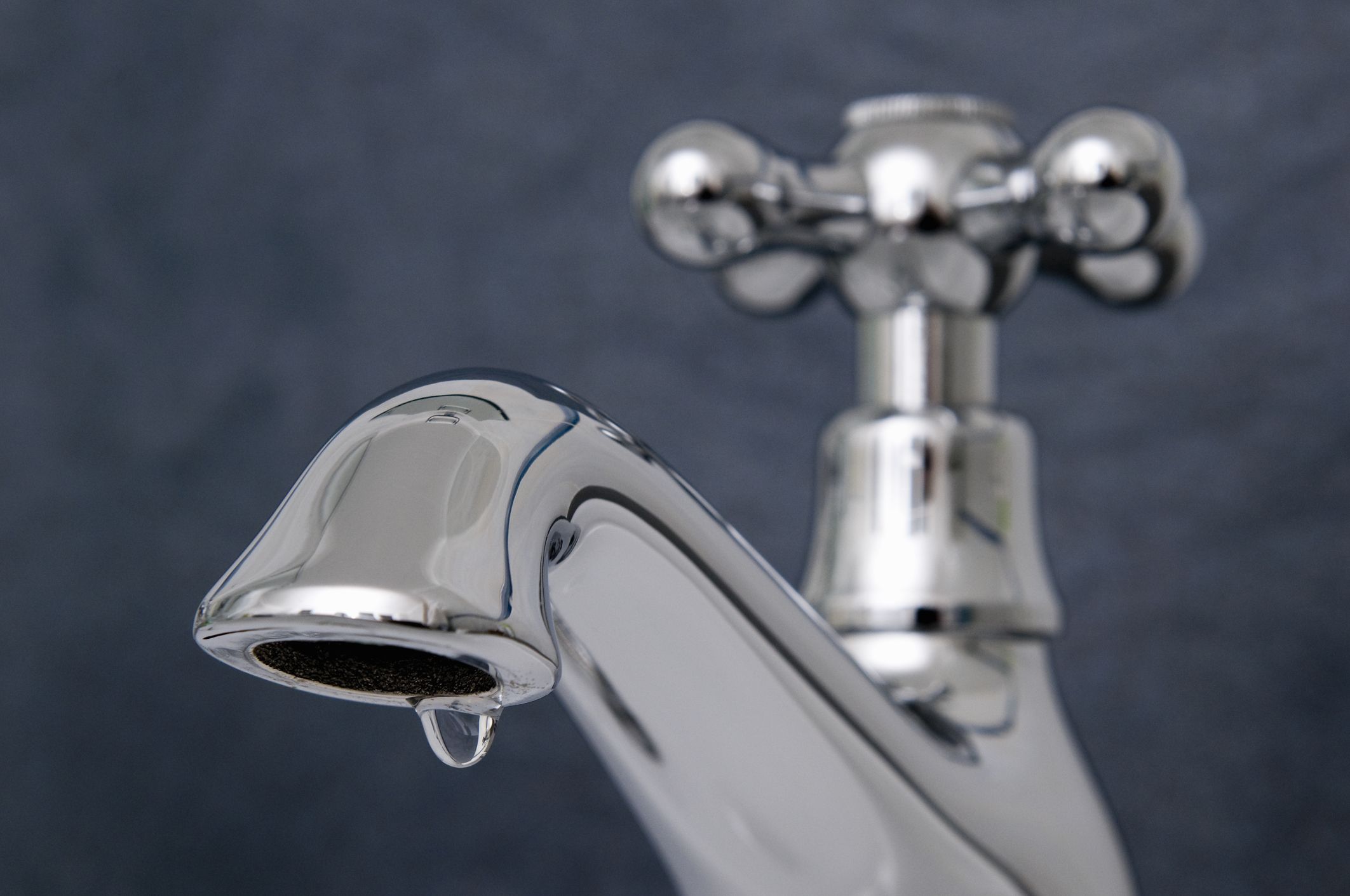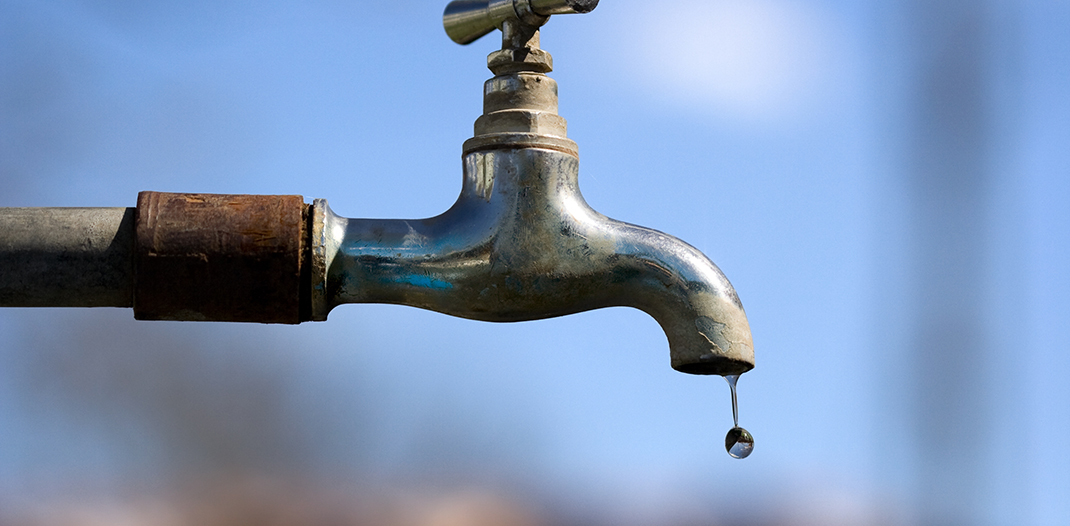When Faulty Faucets May Affect You
When Faulty Faucets May Affect You
Blog Article
What're your ideas on The Environmental Impact of Leaky Faucets?

Introduction
A leaky faucet might seem like a minor annoyance, but its consequences expand much past the occasional drip. Comprehending the impacts of a leaking faucet is important for both property owners and the atmosphere. In this short article, we'll check out the various impacts of this common household concern and why resolving it immediately is necessary.
Reasons For Leaky Faucets
Leaky taps can arise from a range of aspects, including wear and tear, high water stress, and deterioration. Gradually, the continuous use of taps can bring about damaged seals and gaskets, causing leaks to create. Furthermore, extreme water stress can put strain on plumbing components, causing leaks. Corrosion and corrosion can likewise weaken tap elements, making them prone to leak.
Water Wastage
Among the most considerable effects of a leaking tap is water wastefulness. Even a tiny drip can add up to gallons of wasted water over time. This not only drives up water bills however likewise contributes to water scarcity and environmental destruction. Dealing with leaking taps quickly is crucial for saving this valuable source and decreasing its impact on the planet.
Financial Impact
Along with wasting water, dripping faucets can also have a substantial monetary influence. Boosted water costs are a direct effect of water waste, setting you back house owners hundreds of dollars each year. Moreover, the expense of fixing water damage triggered by leakages can be substantial, specifically if left unattended for a prolonged duration.
Environmental Effect
The ecological impact of leaking faucets prolongs past water wastage. By saving water, home owners can contribute to wider efforts to alleviate water deficiency and protect natural ecological communities. Sustainable options such as rain harvesting and water-efficient components can even more minimize the ecological footprint of home water use.
Technical Solutions
Advancements in innovation have caused the growth of smart faucets and water-saving gadgets that aid minimize water wastage. Smart faucets utilize sensing units to detect motion and adjust water flow appropriately, minimizing waste without giving up ease. Water-saving devices such as aerators and low-flow showerheads are also effective in conserving water without jeopardizing efficiency.
International Viewpoints
While dripping taps might seem like a localized issue, they add to more comprehensive global challenges such as water scarcity and environment adjustment. In areas currently encountering water anxiety, every decrease counts, making leakage avoidance and repair service necessary. By embracing water-saving methods and purchasing sustainable technologies, property owners can play their part in addressing these pushing international problems.
Regulative Steps
Government regulations play an essential role in minimizing the influence of leaky faucets and advertising water preservation. From developing codes that need water-efficient fixtures to water-saving motivations and refunds, policymakers have a variety of tools at their disposal. By applying and implementing these guidelines, governments can ensure that home owners prioritize water conservation in their day-to-days live.
Neighborhood Impact
Dealing with dripping faucets needs cumulative efforts at the area degree. By increasing awareness regarding the value of water conservation and providing sources for leakage discovery and repair work, local authorities can encourage property owners to take action. Efforts such as water-saving rebate programs and leakage detection projects can incentivize behavior modification and promote accountable water usage.
Situation Studies
Real-life instances of the impact of leaking faucets highlight the importance of positive upkeep and timely fixings. From water damage to increasing water expenses, the consequences of neglecting leaks can be serious. By sharing these study, home owners can much better comprehend the value of resolving leaky taps promptly.
Educational Campaigns
Educational campaigns play an essential duty in raising awareness about the results of leaky taps and advertising water conservation practices. Via workshops, seminars, and online resources, home owners can discover how to identify and repair leakages themselves. By equipping people with knowledge and devices, educational campaigns can foster a society of accountable water use within communities.
Wellness Issues
Dripping faucets can produce helpful environments for mold and mold development, positioning wellness risks to residents. The visibility of mold and mildew can exacerbate breathing issues and allergies, specifically in prone people. Additionally, water damage arising from leaks can jeopardize the architectural honesty of structures and lead to costly repair work.
DIY vs. Expert Fixing
When confronted with a dripping tap, homeowners frequently dispute whether to try fixings themselves or work with a professional plumber. While do it yourself fixings can save money, they may not always deal with the underlying problem properly. Specialist plumbings have the know-how and tools to diagnose and repair leakages correctly, guaranteeing long-lasting options and assurance for homeowners.
Preventive Measures
Protecting against leaky faucets requires regular maintenance and proactive measures. Easy tasks such as replacing damaged washers and seals can prevent leakages from establishing. Furthermore, upgrading to premium fixtures and lowering water pressure can help prolong the life-span of taps and decrease the threat of leaks.
Conclusion
In conclusion, the results of a leaking faucet expand far beyond the periodic drip. From water wastage and raised water expenses to health problems and ecological effect, the effects of disregarding leaks can be substantial. By dealing with leaky taps promptly and taking on water-saving practices, home owners can reduce these results and contribute to a much more sustainable future.
Why You Shouldn’t Ignore a Leaky Faucet in Your Home
What Causes a Leaky Faucet?
Various factors can cause a leak, from loose and worn-out parts to corrosion. Your faucet has four essential components from which most plumbing issues will stem: the O-ring, the valve seat, the washer and the gasket.
What Is an O-Ring?
The O-ring is a stem screw that fastens parts of the faucet in place, preventing water from leaking out of the spout. Depending on your faucet type, the stem might have multiple O-rings. Water will drip from the faucet’s handles and base if this part breaks or deteriorates.
What Is a Valve Seat?
The valve seat controls the flow and temperature of the water. Found at the base of the handle, it works as a seal for the faucet’s stem. The valve seat ensures the water is allowed to flow or is blocked as the handles dictate. You’ll know it’s malfunctioning when water leaks from your faucet’s sides.
What Is a Gasket?
The gasket is found between the water inlet and the valve stem. It creates a seal between the faucet and the sink, holding its joints by aerators attached to the stem’s head. Water will trickle out from the base if the gasket isn’t working.
What Is a Washer?
The washer secures the handles and prevents leakage, serving a similar purpose to the O-ring. While the O-ring is ordinarily round and made from an elastic material, such as rubber, the washer is square-shaped and composed of brass, copper and other hard metals. If it malfunctions, corrodes or has been improperly installed, water will leak out of the handles, causing that incessant faucet drip.
Why Is a Leaky Faucet Dangerous?
A leaky faucet left alone for too long can have significant consequences.
Pest Infestations
Since bugs and rodents gravitate towards the scent of water, a leaky faucet will draw pests to your sink. Both are looking for leaks accessible through crawl spaces, which a faucet provides. If you leave water dripping for too long, you run the risk of an infestation.
Rust
If one of the faucet parts has started to corrode, the resulting rust can spread to your pipes and valves with startling speed. The rust might even lead to cracks or other impairments, resulting in more severe plumbing issues.
Your sink could also sustain damage from a leaky faucet. The water in your tap possesses sparse elements of calcium and iron that can stain your sink with repeated and prolonged exposure. Once those elements in the water have been open to the air for some time, your sink will start to rust, creating marks that can be difficult to remove.
https://www.tomsmechanical.com/blog/why-you-shouldnt-ignore-a-leaky-faucet-in-your-home

I stumbled upon that post on Health Risks Posed by Leaking Faucets when doing a lookup on the internet. For those who liked our blog posting plz don't forget to pass it around. Thanks a lot for going through it.
Report this page